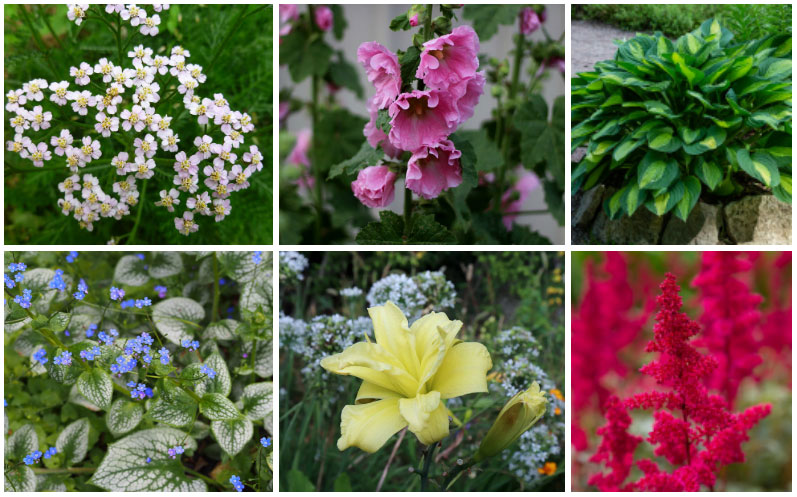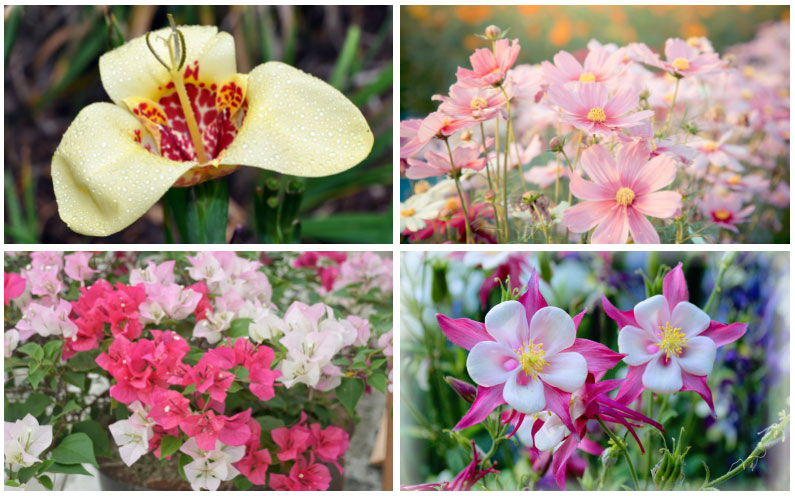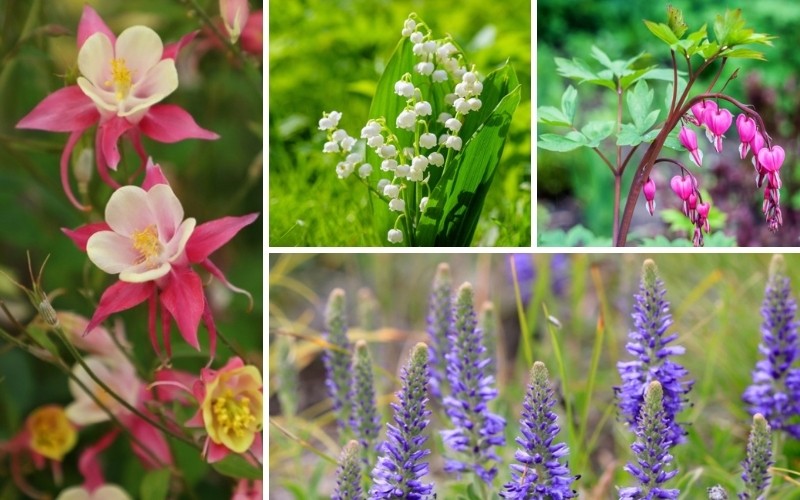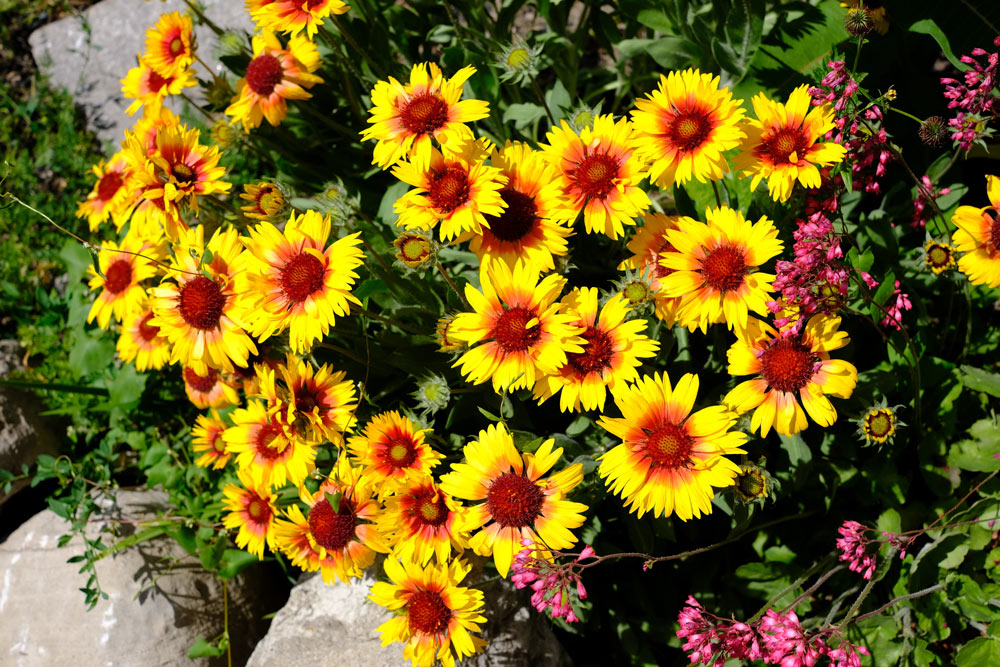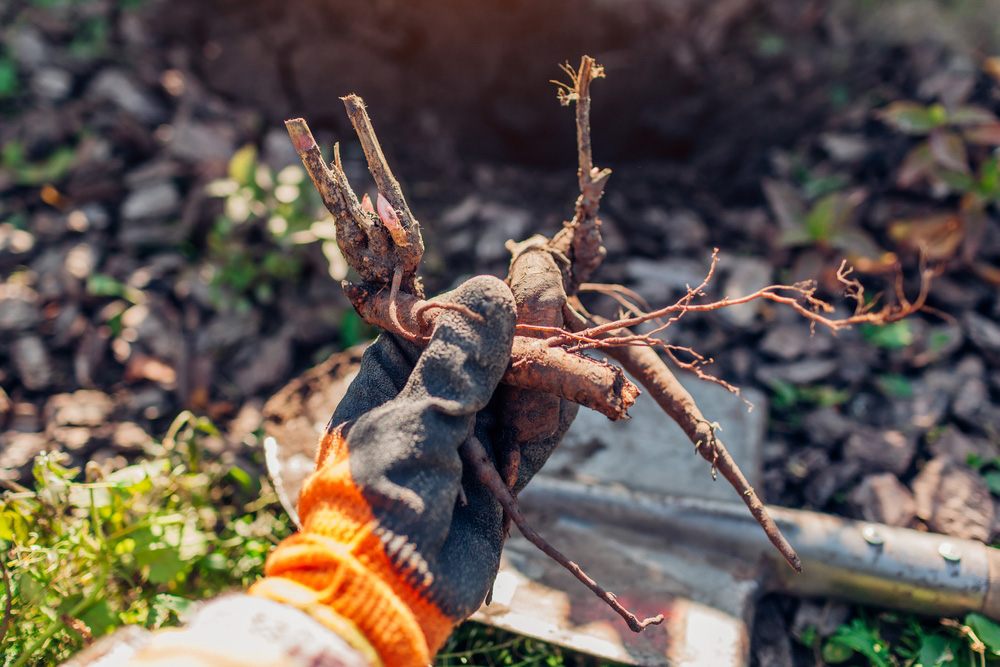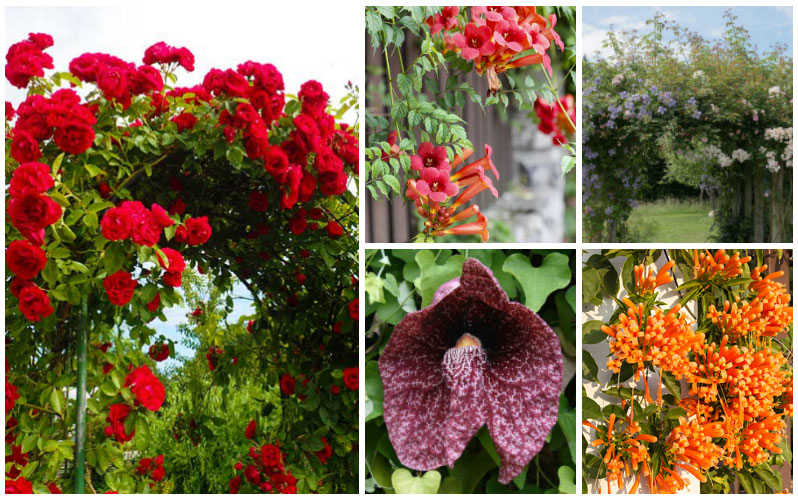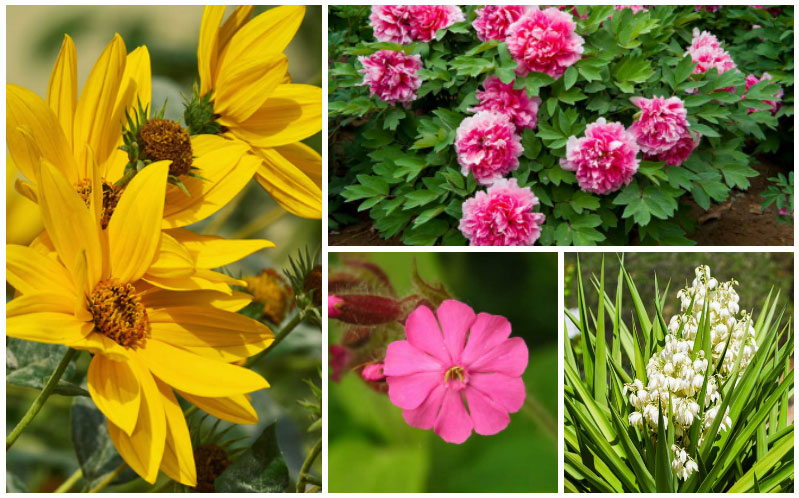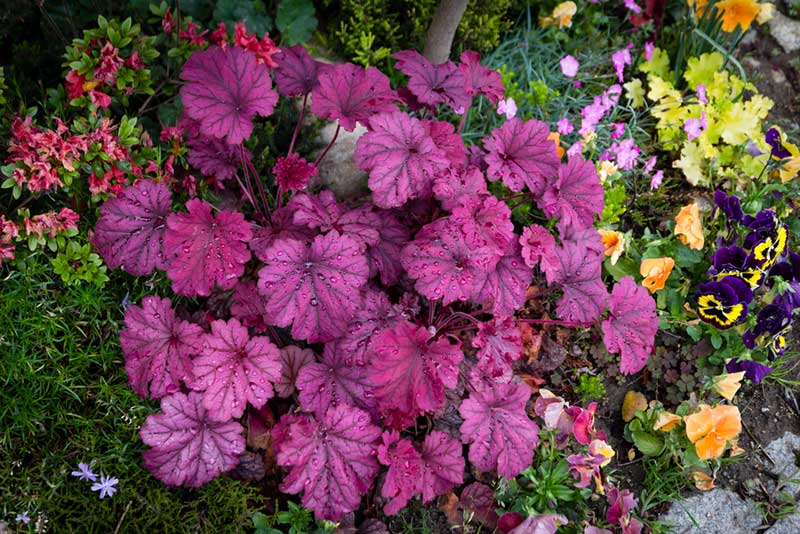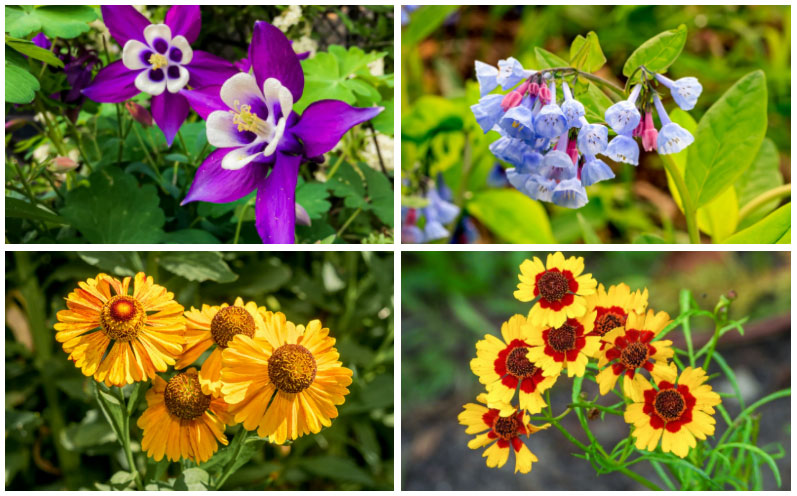
If you are a Pennsylvania homeowner, then you know that landscaping can be a challenge. Winter weather presents many unique problems. Then, there are always space and too much or too little water problems to be conquered.
When choosing flowers and plants for your Pennsylvania garden, it is essential to think about the right plant in the correct place. Think about the type of soil that you have and the amount of sunlight each area of your landscaping gets.
Many terrific plants thrive in the state of Pennsylvania. In this guide, we cover 13 common plants!
Columbine
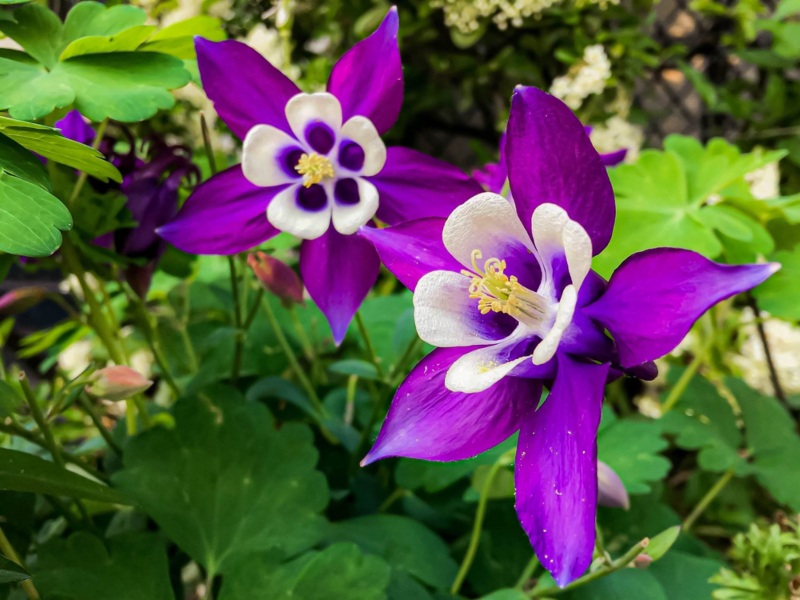
There are many different columbine choices, with some growing to only 6-inches tall while others grow to over 3-feet tall. You can also find numerous color choices, including orange, pink, purple, red, white, and yellow in this flower that blooms in the spring and summer. Options are available on this flower, where the center is the same color or contrasting color.
Butterfly weed
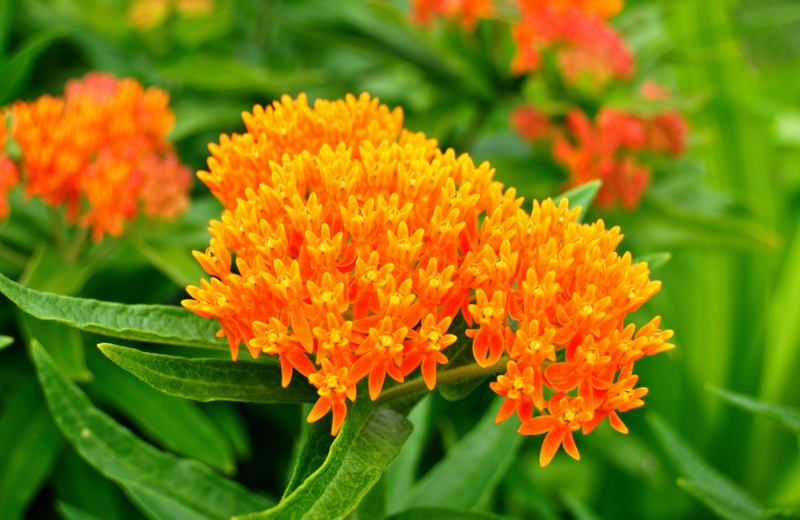
If you love attracting butterflies and hummingbirds to your yard, this pollen-rich plant may be perfect. It grows upright to be about 4-feet tall, and it puts on a multitude of little reddish-orange to yellow-orange flowers in a cluster from spring through summer. It will grow in full sun or partial shade.
White Wood Aster
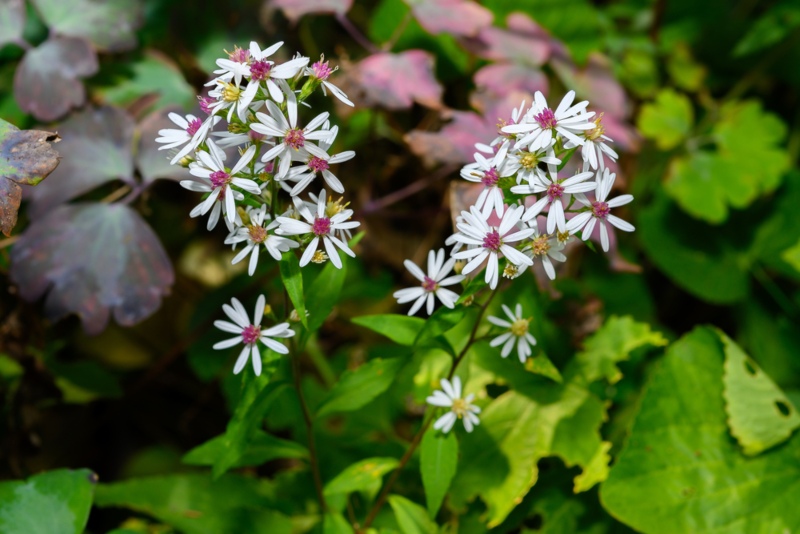
This loose-clumping plant produces an abundance of flowers in early summer that have yellow or red center disks surrounded by white rays. Each flower can be up to 1-inch across. You are also likely to love the heart-shaped leaves that grow on the rough stalks. This plant that can grow up to 2-feet tall loves the shade.
New England aster
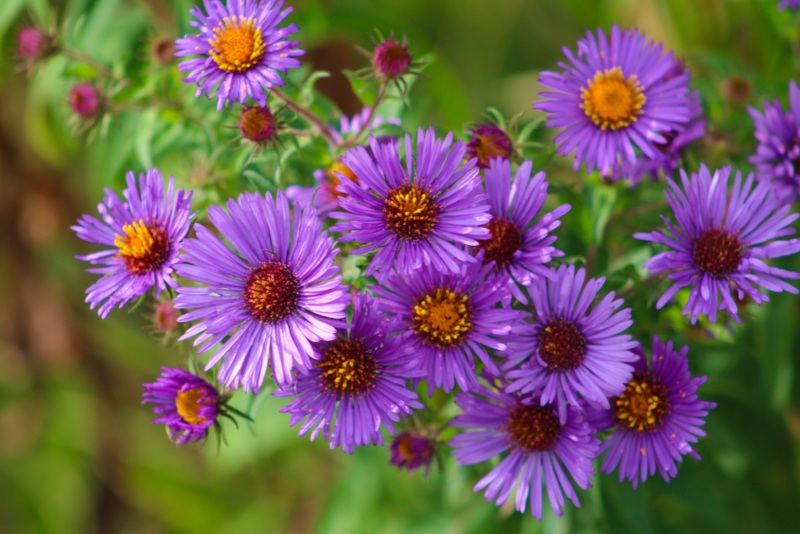
If you love upright herbaceous, you need to find a home for the New England aster in your landscaping. Each stem that can grow up to 5-feet tall has a yellow-centered flower on it that is surrounded by up to 40 purple rays. Before this sun-loving plant blooms in the fall, its gray-green leaves add a unique color to your landscaping. If you have an area in your yard that stays wet or soggy, then this plant may become your new favorite.
Blue wild indigo
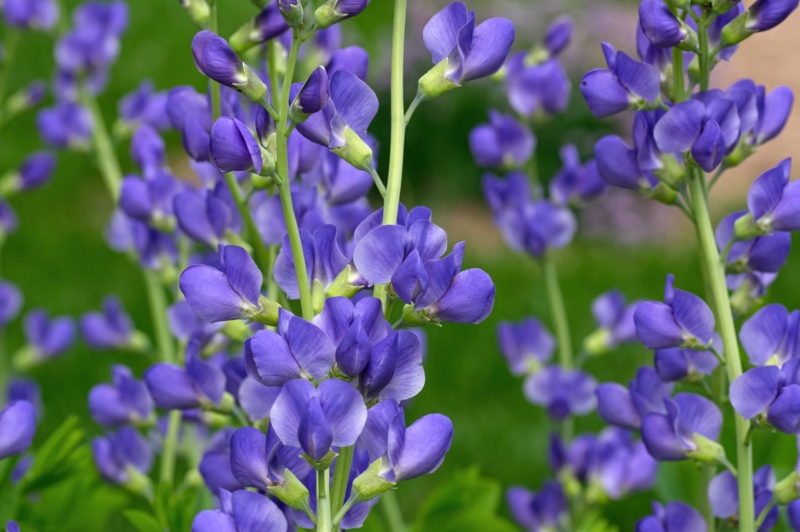
This plant can have a leggy appearance in its first couple of years, but you are likely to fall in love with the shrubbery appearance after that. Growing up to 4-feet tall, it puts on many pea-like flowers in a cluster at the end of its upright stalk. The purple-flower cluster appears in the fall and can be up to 16-inches long.
Coreopsis
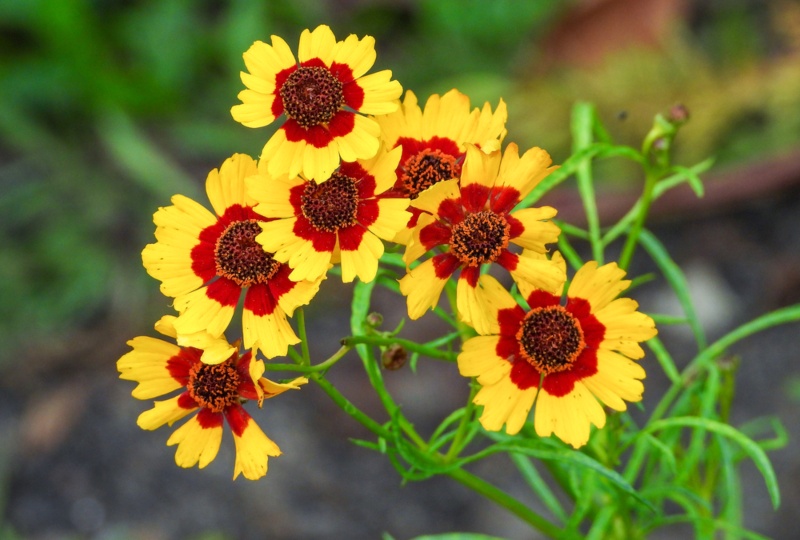
More than 80 varieties in this sun-loving plant because of the seeds produced in the fall resemble tiny ticks exist. The birds love to feed on them. Most types have a yellow center surrounded by eight-or-nine rays, but you can also find white options and other choices. This plant is extremely low maintenance, making it great for first-time gardeners and those with busy lifestyles.
Wild bleeding heart
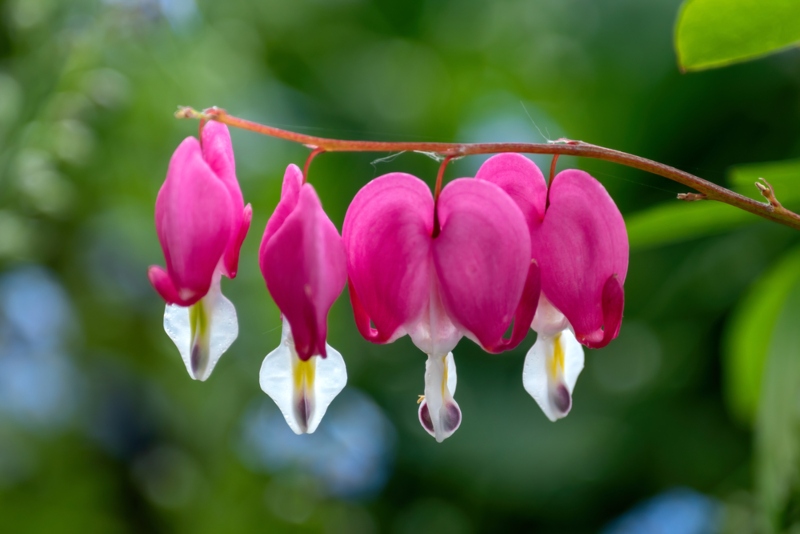
Bleeding heart plants put on flowers where the protruding inner leaves look like a tiny drop of blood at each heart-shaped flower’s bottom. At higher elevations, this plant will repeatedly bloom from early spring to fall while it will bloom in spring and fall in lower elevations. This flower has beautiful grey-green leaves with the basil leaf appearing to grow straight out of the ground.
Sneezeweed
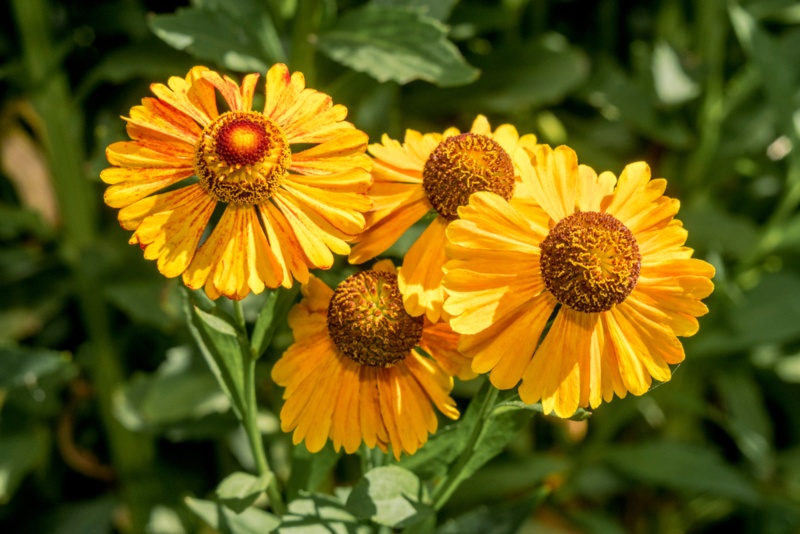
The 3.5-foot tall sneezeweed gets its name because eons ago, its leaves were ground up and inhaled to make people sneeze evil spirits away. This fall-blooming plant produces daisy-like flower heads that are often in your favorite autumn colors. Each flower has a raised, wedge-shaped center surrounded by the rays.
Great blue lobelia
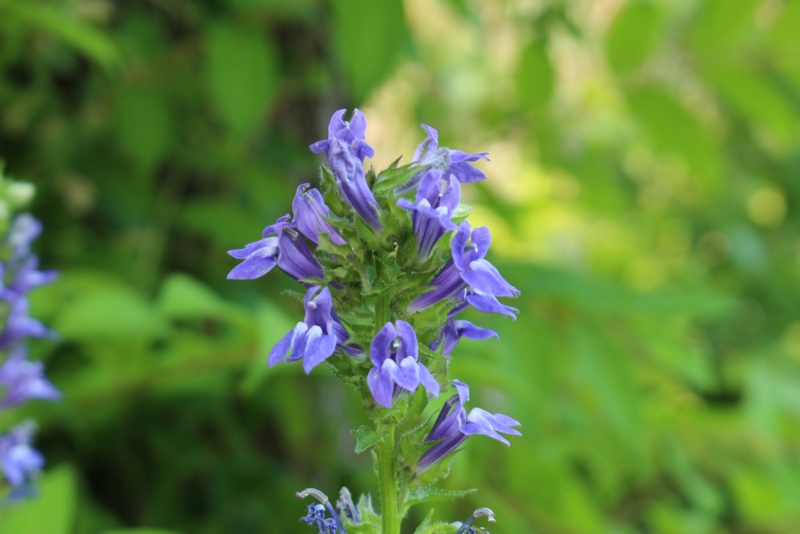
Most great blue lobelia plants grow to be between 2-and-3-feet tall. While you may see an occasional multi-stemmed plant, most are single-stemmed. This summer-blooming plant puts on bright blue, tubular flowers in a cluster on its upper stem with each flower having two lips with the upper lip having two segments and the bottom lip having three
Virginia bluebells
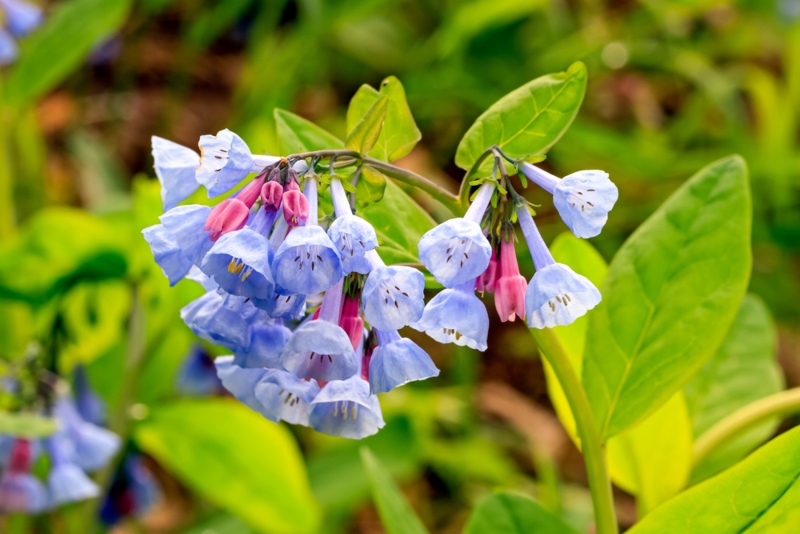
Especially if you are growing a woodland garden, this plant that grows up to 3-feet tall is a great option. Pink flower buds appear in late winter in preparation for early springtime flowers. The flowers may start out pink, but they will turn blue as they mature. The flowers on this shade-loving plant are trumpet-shape and appear at the top of the stalk in clusters.
Jacob’s ladder
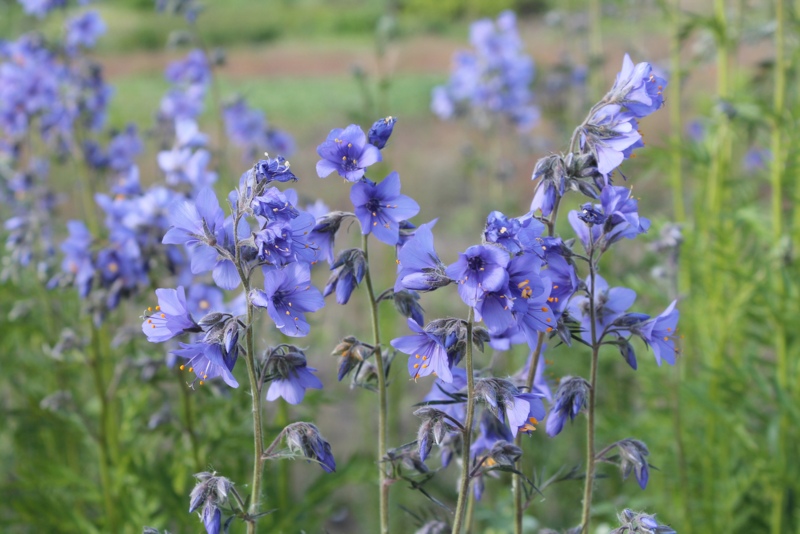
Bell-shaped flowers appear in late spring or early summer on this mound-forming plant that grows to be about 12-inches tall. The flowers that can be up to 0.75-inches long appear in a cluster, which gives this plant its showstopping appearance just when many springtime flowers are starting to fade. This plant self-seeds after blooming, making this shade-loving plant an excellent choice for busy lifestyles.
Golden ragwort
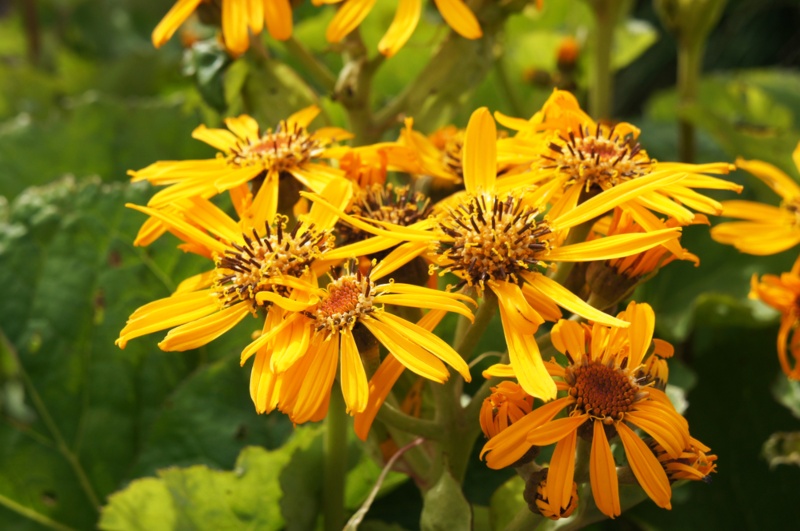
Wet feet will not bother the golden ragwort at all. This plant blooms in early spring producing daisy-like flowers on top of sparsely leafed, purple-green stems. These flowers have a golden-yellow center disk surrounded by up to 16 yellow rays. The sparse leaves make this a great option to plant in combination with sun-loving short plants for a beautiful display.
Black cohosh (Cimicifuga racemosa)
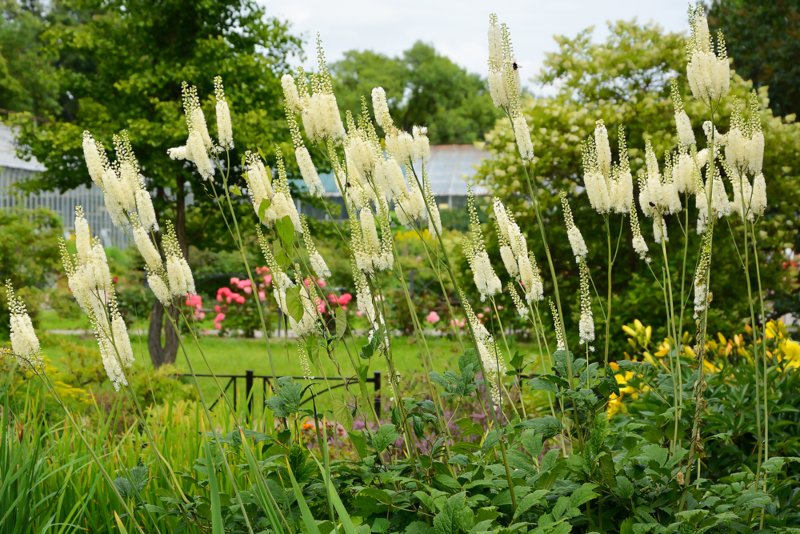
Plant this choice in full sun for a showy late-summertime display as it produces flower spikes that can be up to 2-feet long. Often, three spikes appear on the same plant. Typically growing to be about 6-feet tall, the spikes contain numerous small flowers that are cream white and very fragrant. The petals will fall away as the plant blooms, giving it a bottle-brush appearance.
These plants grow very well in many areas in Pennsylvania. Choose your favorites and get started with them today.






